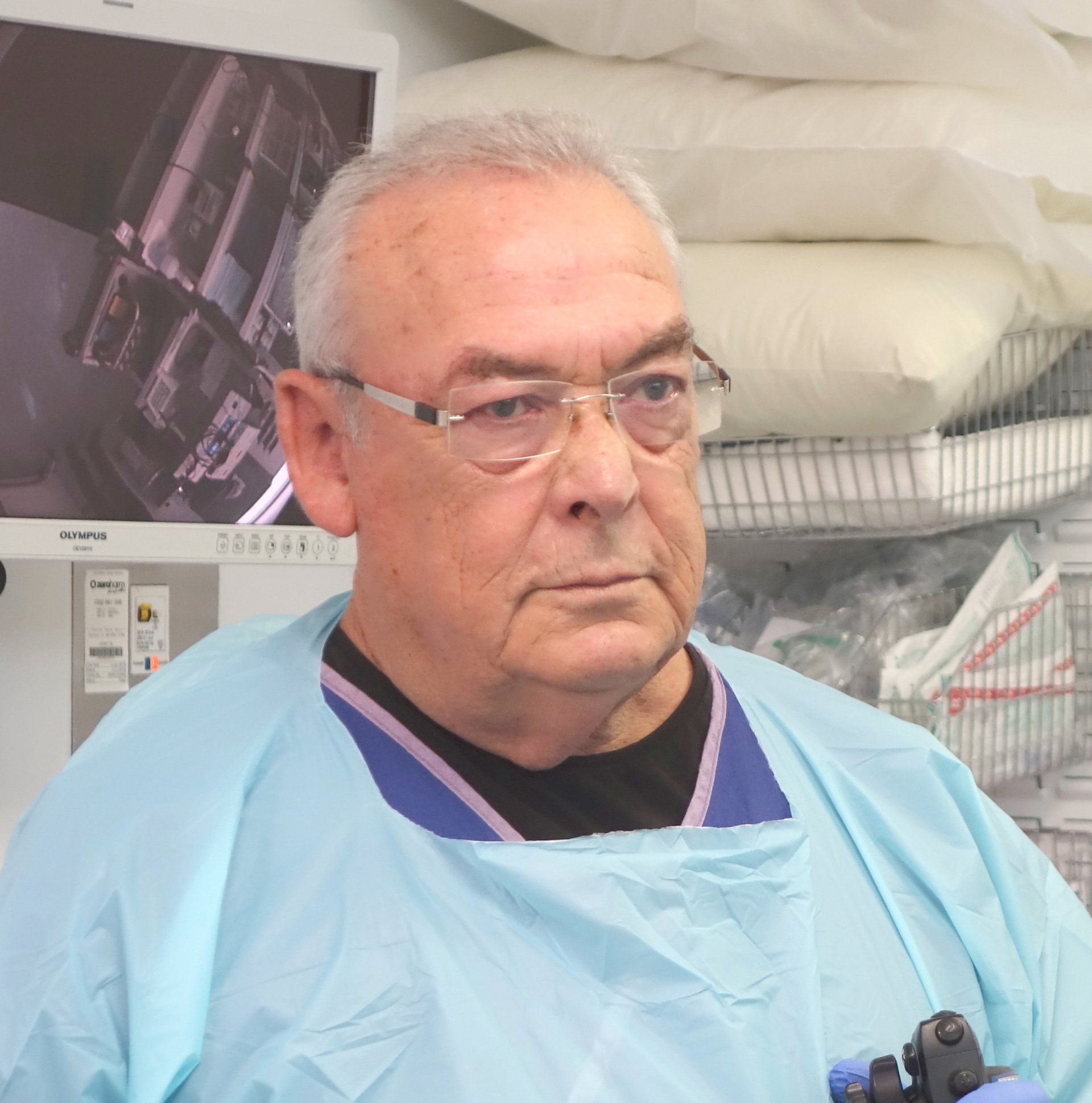Fatty Liver Disease
What is Fatty Liver Disease?
Fatty liver disease is the accumulation of extra fat in the liver. It is also called hepatic steatosis. The liver is considered “fatty” when the hepatocytes comprise of more than 5% of triglycerides.
What are the Affected Populations?
Fatty Liver disease is one of the most common liver diseases in Western countries. There is evidence to suggest that Non-Alcoholic Fatty Liver Disease (NAFLD) occurs in about 20%-30% of individuals in Western countries, and comparable figures are being gradually provided for Eastern countries as well.
The incidence of Fatty liver disease increases with age, affecting with males between 40 and 65 years more and more prevalent in Hispanics over African-Americans.
Similarly, owing to obesity the prevalence of FLD is increasing progressively in children also.
What is Fatty Liver Disease’s Effect on the Body?
As the name suggests, the main anatomical structure being affected by this disease is the liver, which is mainly affected when the body produces excessive fat or can’t metabolize it efficiently.
Ultimately the excess fat is stored in the hepatocytes causing fatty liver disease.
Causes of Fatty Liver Disease
Fat can accumulate inside liver cells (hepatocytes) and is most commonly caused by:
- The increase in alcohol abuse, or
- The incidence of obesity causing difficulty for the liver to function properly.
However, fatty liver disease can also occur without heavy alcohol intake or obesity. Other commonly found causes of fatty liver consist of,
- Diabetes, specifically type 2 diabetes increases the risk for the fatty liver because insulin resistance is linked directly with fat storage in the liver.
- Hyperlipidemia, or increased levels of fats in the blood, specifically high triglycerides
- Genetics
- Rapid loss of weight
- Intake of certain medications, such as methotrexate, amiodarone, valproic acid and tamoxifen.
- Abuse of certain over-the-counter medications, such as acetaminophen
- Metabolic syndrome
- Pregnancy
- Malnutrition
- Lack of physical activity
Signs & Symptoms of Fatty Liver Disease
There are no typical associated symptoms of Fatty liver disease. However, there is evidence to suggest that fatty liver inflammation is likely to worsen in about 20% of people causing symptoms such as:
- extreme fatigue or
- abdominal pain.
The liver is likely to become somewhat enlarged. Similarly, inflammation is increased by the excess stored fat in the liver, along with the effect of certain medical conditions; therefore, the inflamed liver can exhibit the following symptoms,
- Loss of desire to eat
- Loss of weight
- Abdominal discomfort
- Physical weakness
- Tiredness
- Confusion
The following symptoms can occur if fatty liver advances to cirrhosis and liver failure:
- An enlarged, abdomen filled with fluid
- Yellowing of the skin and eyes (Jaundice)
- Confusion
- Atypical bleeding
Types of Fatty Liver Disease
Typically, there are two basic types of fatty liver namely,
- Nonalcoholic (NAFLD) and
- Alcoholic (AFLD).
What is Nonalcoholic Fatty Liver Disease (NAFLD)?
In this type, as the name suggests, alcohol is not involved. Rather, NAFLD develops when the liver is unable to disintegrate fats, causing fat buildup in the liver tissue.
Similarly, increased blood pressure, cholesterol, increased belly fat and insulin resistance can influence NAFLD. Following are the subtypes of NAFLD:
- Simple fatty liver:
This simply means that there is fat in the liver, but inflammation or damage to liver cells is not likely. Most people suffering from NAFLD have simple fatty liver.
- Nonalcoholic steatohepatitis (NASH): NASH is much graver as it exhibits inflammation of liver and liver cells damage.
Furthermore, much more serious issues which can occur owing to liver cell damage and inflammation are Fibrosis, Cirrhosis and ultimately liver failure and death.
Liver cancer can also be one of the consequences. NASH can occur in about 20% of people with NAFLD.
What is Alcoholic Fatty Liver Disease (AFLD)?
AFLD occurs owing to the increased abuse of alcohol causing the destruction of the liver’s ability to function properly and ultimately undergoing permanent damage.
Stages of Fatty Liver Disease
There are 4 main stages of NAFLD development,
- Simple fatty liver (steatosis)
– It is the mild accumulation of fat in the liver cells which can only be diagnosed during regular tests .
- Non-alcoholic steatohepatitis (NASH)
– If the fat accumulation of the liver cells is not controlled, it leads to a more severe form of NASH, where the liver undergoes inflammation.
- Fibrosis
– Persistent inflammation of the liver causes the production of scar tissue on the liver and blood vessels, however, the liver still has the ability to normally function.
- Cirrhosis – This is the most serious stage, which occurs after persistent fibrosis causing the liver to shrink and become lumpy; ultimately the liver undergoes failure and cancer as this damage is permanent.
How is Fatty Liver Disease Diagnosed?
Diagnosis of fatty liver disease is not that simple as most people don’t have symptoms, however, some of the methods used by doctors for diagnosis are:
- History.
A detailed history regarding the use of alcohol is taken by the doctor so that ALD or NAFLD can be differentiated. It is essential, to be honest with all answers. Moreover, a detailed history of medications, appetite, and other health conditions might also be taken.
- Physical exam.
There is a physical exam done to determine the weight and observe signs of jaundice or hepatomegaly.
- Blood tests.
Blood tests help to determine levels of liver enzymes such as alanine aminotransferase (ALT) and aspartate aminotransferase (AST), which exhibit liver problem if they are high.
- Imaging tests.
Ultrasound, computerized tomography (CT) scans, or magnetic resonance imaging (MRI) can be done to observe the presence of fat in the liver.
- Liver biopsy. A biopsy is only done when there is a risk of NASH or NASH complications such as cirrhosis.
Tissue during the colonoscopy is removed in two general ways:
- Polypectomy:
a tweezer like instrument called forceps or a flexible wire loop called a snare can be passed through the colonoscope to cut out the polyp. Either of these methods can be used “cold” or “hot”. Hot means with the use of cautery or heat to burn the tissue as the polyp is being removed.
- Biopsy: In a biopsy, particularly when the doctor finds a large polyp, he or she removes a small amount of tissue for the lab to examine and determine its microscopic nature. This is called a “biopsy”. When knowing the nature of the polyp, your Gastroenterologist can plan for definitive removal and future treatment.
What Complications are Associated with Fatty Liver Disease?
The ultimate complications of the fatty liver disease are either cirrhosis or cancer if the disease persists and not controlled.
Cirrhosis is progressed based on the cause. In alcoholic fatty liver, liver failure if the alcohol abuse is not reduced.
Dr Donald Walker
Write your caption hereMore
Dr Johan Van Den Bogaerde
Write your caption hereMore
Trusted for more than 25 Years
PANCREAS & BILIARY
Digestion Problems - Dyspepsia









